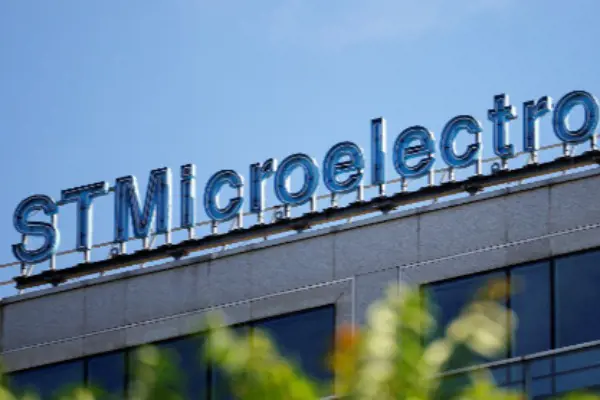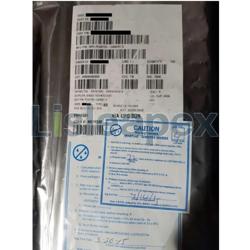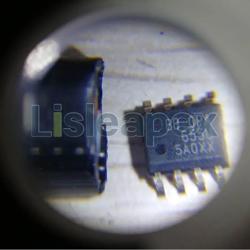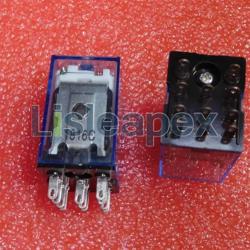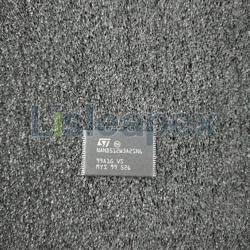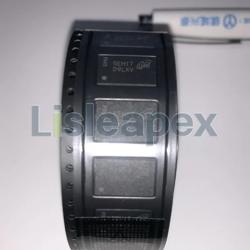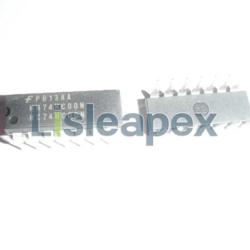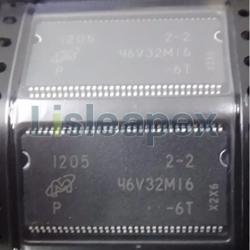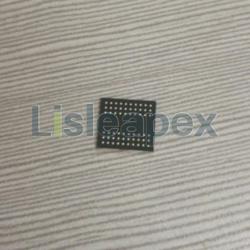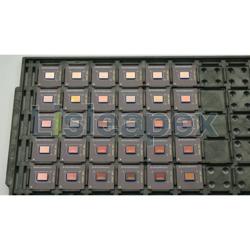In the extensive manufacturing process from sand to chip, collaboration and support from various stages and equipment are crucial. Each step plays a critical role in the quality of the final chip. In this article, we will delve into one key process in thin film deposition, known as Atomic Layer Deposition (ALD). In the post-Moore's era, ALD technology will play an important role in enhancing chip performance.
As a behind-the-scenes hero in semiconductor manufacturing, ALD equipment provides significant assistance in chip production. In this particular field, the Dutch company ASM stands out as an industry leader. However, many may not be familiar with this company, as ASM is also rising in the field of critical equipment for SiC material manufacturing processes.
Therefore, let us uncover the veil surrounding this company and delve into the situation at ASM to gain a comprehensive understanding of this industry giant.
ALD Technology's Crucial Role in Semiconductor Manufacturing
In the semiconductor manufacturing process, every semiconductor device undergoes hundreds of steps. These processes include front-end and back-end processes, with the front-end being the most critical part of the entire manufacturing process. It involves the formation of the basic structure and characteristics of the semiconductor chip, encompassing steps such as wafer manufacturing, deposition, lithography, and etching. These processes are technologically challenging and operationally complex. Let's take a closer look:
First, from sand to silicon. All semiconductor manufacturing begins with a grain of sand, where the first step in chip manufacturing involves separating silicon dioxide from the sand.
Second, wafer manufacturing. High-purity silicon is melted at high temperatures, forming a liquid that solidifies into a single-crystal solid, known as an "ingot." The ingot is sliced into thin wafers, determining the size of the wafer.
Third, deposition. A layer of silicon dioxide is formed on the bare silicon wafer, followed by the deposition of silicon nitride using Low-Pressure Chemical Vapor Deposition (LPCVD) to protect the underlying material from etching.
Fourth, lithography and etching. A mask is created, forming patterns through photoresist and ultraviolet light. Subsequently, etching is performed to remove unprotected areas or layers, creating the desired structures or trenches for different parts of semiconductor devices and circuits.
Fifth, thin film deposition. To create microdevices within the chip, layers of thin films are continuously deposited and excess portions are removed through etching.
With this, the front-end manufacturing steps of the semiconductor are nearly completed, leading to the back-end processes of assembly, testing, and packaging.
In the entire semiconductor manufacturing process, thin film deposition is one of the core processes in the front-end manufacturing. Different thin film deposition techniques such as Chemical Vapor Deposition (CVD), Atomic Layer Deposition (ALD), and Physical Vapor Deposition (PVD) are typically used to meet different requirements.
However, traditional PVD and CVD techniques have limitations in terms of precision, uniformity, composition control, and complex structure fabrication. In comparison, ALD technology offers advantages in precision, uniformity, composition control, and complex structure fabrication, making it a crucial tool in today's semiconductor manufacturing and nanotechnology fields, supporting the production of high-performance and highly reliable devices.
As the semiconductor industry enters the post-Moore's era, with logic chip processes reaching 3nm/2nm, the complexity and number of steps in wafer manufacturing have significantly increased. Furthermore, the development of new technologies such as 3D stacking structures in memory chips and the introduction of new materials further highlight the importance of ALD.
For example, ALD is the only deposition technique capable of meeting the coverage and thin film performance requirements of complex 3D stacking structures (such as 3D-NAND). This can be visually observed in the following diagram: in CVD A, the deposited film (blue) does not completely cover the lower part of the structure; even with some process adjustments in CVD B, achieving coverage, the film performance and chemical composition in the bottom region are poor (white area); in contrast, ALD technology demonstrates complete film coverage and high-quality, uniform film characteristics in all areas of the structure.
Although CVD still holds the largest market share in the short term, ALD has become one of the fastest-growing segments in the wafer fab equipment market. In this rapidly growing and key role-playing ALD market in chip manufacturing, ASM is the leading company in the field of ALD equipment.
The Rise of ASM as a Leading ALD Equipment Provider
In 1968, at the early stages of the global semiconductor industry, entrepreneur Arthur del Prado founded ASM in the Netherlands. ASM initially entered the furnace deposition market and started manufacturing in the Netherlands in 1970. Subsequently, ASM spawned ASMPT, focusing on the back-end semiconductor assembly and packaging equipment field, and collaborated with Philips, which eventually became ASML and developed lithography technology.
However, since the early 1990s, ASM has primarily focused on deposition technology. Investing in Atomic Layer Deposition (ALD) technology has proven to be a wise decision for ASM, as it was one of the earliest companies to recognize the potential of ALD. ASM acquired two ALD-related companies: Microchemistry in 1999 and ASM Genitech Korea in 2004.
ASM made significant breakthroughs in the ALD field in 2007 when they introduced the Pulsar ALD tool, the first system used for volume manufacturing of devices using new hafnium-based high-k dielectric layer materials.
Today, ASM holds approximately 55% of the global market share for ALD equipment, making it the largest and highest market share ALD equipment supplier worldwide. The ALD business is also ASM's largest revenue source, accounting for over half of the revenue.
In 2022, ASM achieved revenues of 2.411 billion euros, a year-on-year growth of 33%, with operating profit increasing by 29% to 632 million euros. This marks the company's sixth consecutive year of double-digit growth. ASM's revenue growth is primarily driven by advanced logic foundry and new memory demand, particularly in the 3D NAND field, where ASM's ALD equipment has received record-breaking orders. Additionally, the demand for ALD high-k metal gates in advanced DRAM devices remains robust.
To continuously drive the advancement of ALD technology, ASM is increasing its investment in research and development, including manufacturing infrastructure, R&D personnel, and investment acquisitions. It was reported that on May 23, 2023, ASM broke ground on its state-of-the-art innovation and manufacturing center in Hwaseong, South Korea.
In terms of acquisitions, in 2022, ASM acquired Reno Sub-Systems, a supplier of high-performance RF matching networks and RF generators, to strengthen its development of next-generation ALD equipment.

 Congratulations On Your Successful Submission
Congratulations On Your Successful Submission
 Submission Failure
Submission Failure

